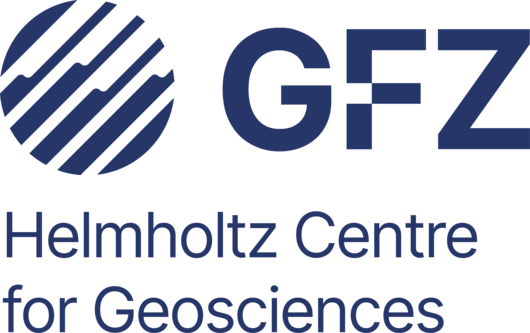
GFZ - A multidisciplinary research center
The GFZ Helmholtz Centre for Geosciences combines multiple aspects of Earth sciences to explore the System Earth and interacting cycles between the geosphere, hydrosphere, atmosphere, and biosphere. Interdisciplinary collaboration at the GFZ Potsdam spans across physics, mathematics, chemistry, and biology as well as engineering sciences of rock mechanics, hydrology and seismology. Its mission is to develop strategies for grand challenges facing society and to actively promote solutions in terms of global change and regional impacts, natural hazards and associated societal risks, energy supplies and mineral resources in a sustainable manner, as well as to assess the human impact of a rapidly growing population on System Earth.
Two sections of the GFZ are involved in the FET project PROSPECTOMICS
Section 3.2 - Organic Geochemistry
This section explores the formation, distribution and composition of sedimentary organic matter and its changes over geological timescales. Research combines aspects of geology, chemistry and biology to achieve environmental reconstructions of past events and ecosystems based on molecular and microscopic fossil indicators.
Section 3.7 - Geomicrobiology
This section investigates the fundamental role of microbiological processes in global biogeochemical cycles in a wide range of terrestrial and aquatic environments. Section 3.7 integrates geomorphology, geochemistry, molecular biology, microbiology and bioinformatics to address complex geologic-biological interactions, with specific focus on extreme habitats like the deep biosphere, arctic environments and astrobiology.
Role of GFZ in PROSPECTOMICS
GFZ Potsdam is the Project lead and coordinates administration, finances and reporting as well as expedition logistics, the latter in collaboration with Lundin Energy. GFZ Potsdam is also responsible for field sampling, conservation and distribution of sediment samples to the partners.
Surficial marine sediments display steep chemical gradients along which the microbial community can shift dramatically within a single centimeter. It is therefore essential to put the omics data into a physicochemical framework. GFZ will produce detailed knowledge about the physical and chemical conditions of the sedimentary environment and verify the omics data through isotope labeling experiments. Its scientific tasks are to resolve:
- the biogeochemistry of sampling sites
- the effect of hydrocarbon leakage on microbial activity
- organic matter characterization at high resolution using FT-ICR-MS
- metabolic process rates in the sediment using incubations with radiolabeled compounds
- the composition of microbial cell populations using Stable Isotope Probing (SIP), Fluorescent in-situ hybridization (FISH) optical microscopy in combination with Fluorescence-Activated Cell Sorting (FACS).
Specific molecular data (DNA, RNA, Proteins) will be deposited in their respective database where they are publicly available. All other data as well as links to the specific databases will be deposited according to the FAIR principle (Findable, Accessible, Interoperable, and Re-usable) in GFZ’s own publicly accessible database (https://dataservices.gfz-potsdam.de/portal/).
Analytical facilities at GFZ
Section 3.2: FT-ICR-MS
Fourier Transform Ion Cyclotron Resonance Mass Spectrometry for ultra-high-resolution characterization of polar compounds like nitrogen, sulfur and oxygen containing organic compounds, characterization of high molecular weight aromatic compounds, elucidation of molecular formulas, and molecular imaging
Section 3.7: GeoBioLab
Spectrophotometry, ion and gas chromatography for quantification of organic dissolved gasses, low molecular weight organic acids (e.g. acetate, formate), inorganic anions (e.g. chloride, sulfate) and cations (e.g. ferrous iron, ammonium) in the pore water.
FISH and BONCAT microscopy and FACS for identification and sorting of microbial cells of interest at the individual celllevel based on cellular properties or by fluorescent labeling.
Incubations with radiolabeled substrates (35S, 14C, 3H) for quantification of microbial turnover rates
Staff
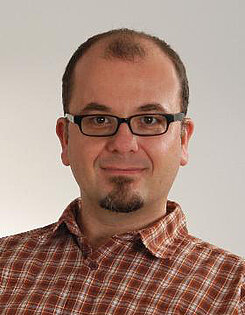
Dr. Jens Kallmeyer
Principal investigator
PROSPECTOMICS lead scientist
Lead of the biogeochemical analyses
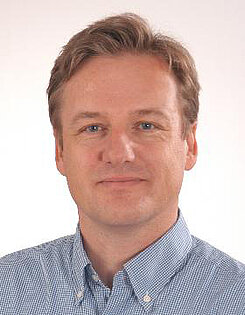
Dr. Kai Mangelsdorf
Co-lead of the biogeochemical analyses
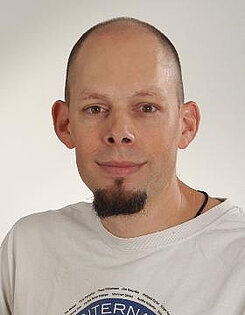
Dr. Aurèle Vuillemin
Project manager
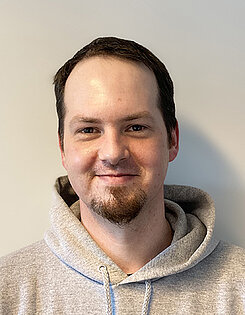
Steffen Okolski
Technician
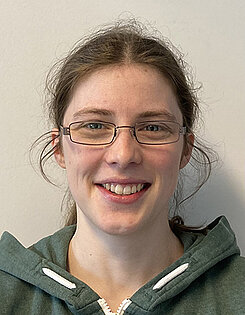
M.Sc. Ellen Schnabel
Ph.D student

